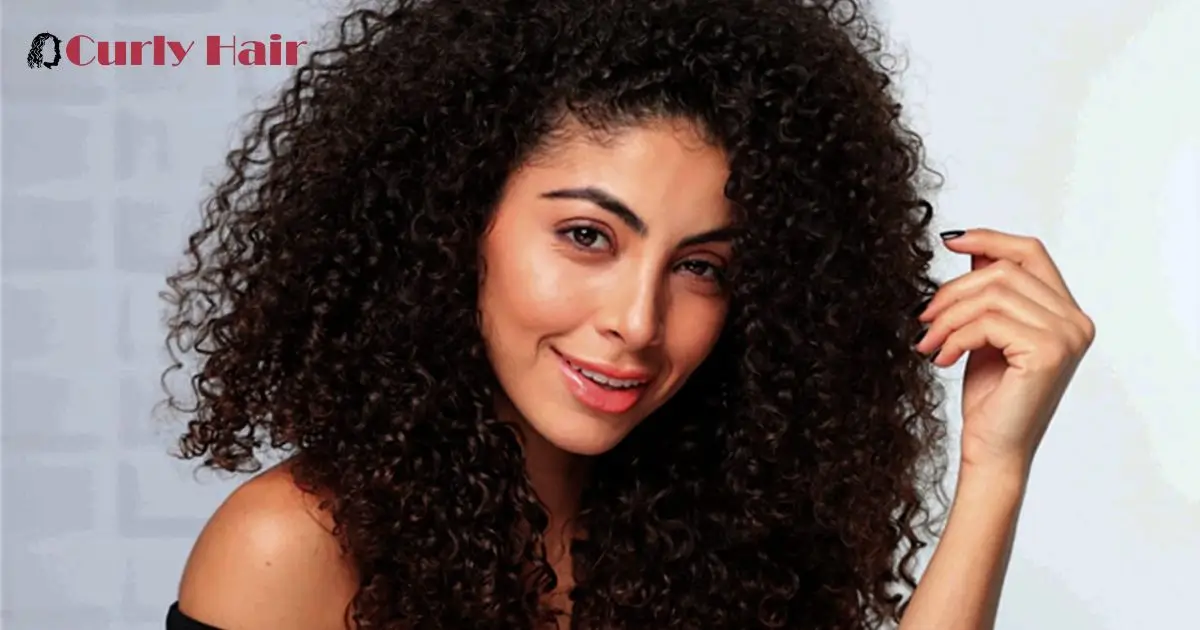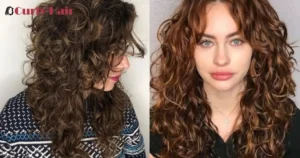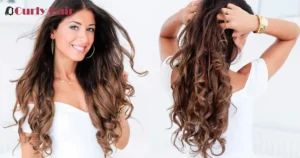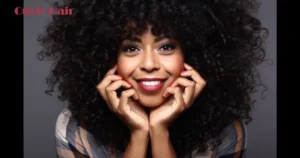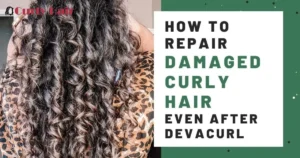Keeping your curls full of bounce and health doesn’t only depend on the best 4C hair products or curl creams. One major part of the curly hair journey is understanding how often you should get a trim for curly hair and getting it right can make all the difference in retaining length, avoiding breakage, and keeping curls poppin,taking care of your curls is more than just products it’s also about knowing when to let go of what’s holding them back.
This guide will help you figure out when to trim, how to tell it’s time, and how trimming fits into a smart, natural curly hair care routine.
Why Do Curly Hair Types Need Regular Trims?
Whether you’re rocking natural curls, defined coils, or a protective style like twist braids, your ends are the most fragile part of your hair. Over time, curly ends become dry, frayed, or split due to friction, styling, and product buildup.Regular trims help:
- Prevent split ends from creeping up the strand
- Maintain healthy curl structure and definition and provides curly hair volume.
- Support natural hair growth retention
- Minimize tangles and knots
Skipping trims often leads to dull, shapeless curls and unnecessary breakage, especially in tighter textures like 4C hair.
How Frequently Should Curly Hair Be Trimmed?

The ideal trimming frequency depends on your curl type, length goals, and how often you style or manipulate your hair. A general guide is:
- For Loose Curls (Type 2C–3A)
Trim every 10–12 weeks to keep ends fresh while maintaining length.
- For Medium Curls (Type 3B–3C)
Stick to 8–10 weeks to control frizz and maintain springy curls.
- For Tight Coils and Kinks (Type 4A–4C)
Go for 6–8 weeks, especially if you wear wash-and-gos or twist-outs often.
Pro tip: If you wear twist braids, kinky twist hairstyles, or buns for long stretches, trim before and after taking them down to avoid shedding and single-strand knots.
What Happens If You Don’t Trim Curly Hair Regularly?
Skipping trims can lead to a cycle of damage that’s hard to reverse:
- Split ends climb upward, damaging the shaft
- Hair becomes frizzier, weaker, and harder to style
- Curls lose shape and elasticity
- Detangling becomes a painful process
- Product absorption drops, especially at the ends
Even if your goal is length, holding on to unhealthy ends prevents progress. Trimming is a form of healthy hair maintenance.There are some key signs :
Key Signs It’s Time for a Trim
No matter your texture, your hair will show you when it’s time:
- Dry, rough ends that won’t hold moisture
- Tangling or knotting more than usual
- Curls look undefined or limp
- Visible split ends or frizz at the tips
- Your natural curly hairstyles don’t last as long
Does Trimming Curly Hair Help It Grow?
Technically, trimming doesn’t make hair grow faster but it helps retain length by preventing ends from snapping off. When you remove damaged tips, your healthy strands stay strong, which supports longer, thicker curls over time and increases curly hair growth.So yes, trimming supports growth results in a healthy hair journey.
If you want to DIY, use sharp shears and work in small sections. Trim either dry (for shape control) or slightly damp. Try:
- Search and destroy: Spot-snip visible split ends
- Twist and trim: Twist a section and cut off frayed ends
- Curl-by-curl method: Great for defining curly bangs or layers
If you prefer pro help, look for stylists who specialize in curly haircuts for natural hair care.
Extend Time Between Trims With Smart Hair Care
Maintain your curls and stretch time between trims with:
- Moisturizing routines (use sulfate-free products and deep conditioners)
- Protective styles like flat twists or knotless braids
- Sleeping on silk or satin
- Minimal heat use and gentle detangling
- Lightweight oils like jojoba or argan oil
After-Trim Hair Care: What to Do Next?
A fresh trim sets you up for success but what you do after matters too.
Hydrate Deeply
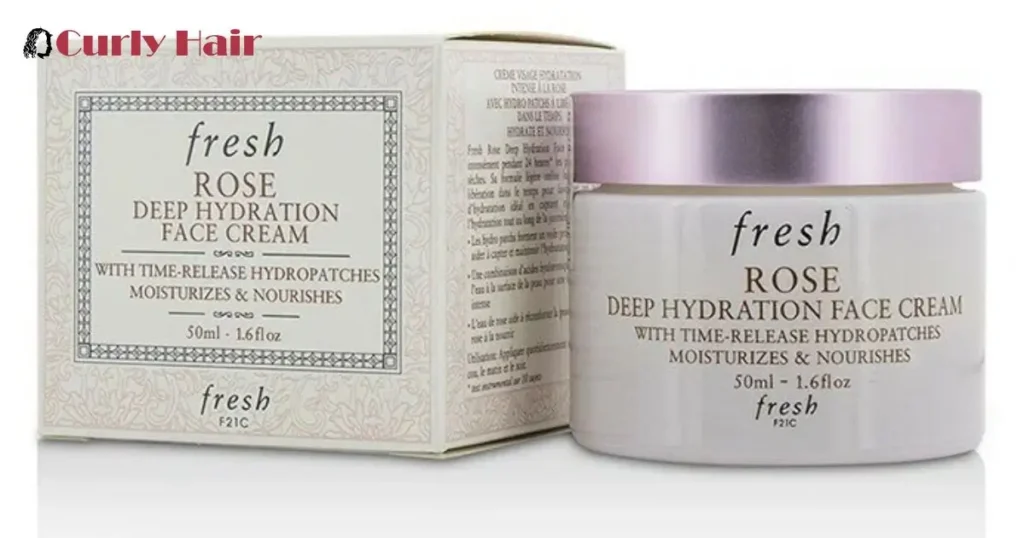
Use a rich deep conditioner or hair mask to lock in moisture.
Apply Leave-In and Seal
Follow up with a leave-in conditioner and oil to protect ends.
Avoid Heat
Let your curls recover naturally, minimize flat irons and blow-drying.
Sleep Smart
Use a satin bonnet or silk pillowcase to reduce overnight damage.
Tools and Products to Use When Trimming at Home
- Professional Shears :Don’t use kitchen scissors!
- Wide-Tooth Comb or Detangler :Preps curls for a clean cut
- Sectioning Clips :Helps you work through small areas
- Spray Bottle : Keep hair damp if needed
- Mirror Setup :For checking the back sections
Best Time of Year for a Trim
- Spring/Summer: Remove winter dryness and prep for humidity
- Fall/Winter: Cut off sun-damaged ends and prep for protective styles
Seasonal trims help your curls adapt to the climate.
Conclusion
To maintain healthy, defined, and frizz-free curls, aim to trim your hair every 8 to 12 weeks, based on your texture and goals. Don’t wait until your hair looks lifeless; regular trims help maintain shape, minimize tangles, and promote length retention and these tips also helps you to maintain your shiny curly hair.
Taking care of your curls is more than just products, it’s also about knowing when to let go of what’s holding them back.
Frequently Asked Questions
Can trimming curly hair help reduce frizz?
Yes, trimming removes dry, split ends, allowing curls to form more defined, frizz-free shapes. It also improves moisture retention for smoother curls.
Should I trim my curly hair wet or dry?
Trimming curly hair dry offers more shape control, while trimming it wet can help prevent cutting too much. Choose based on your style preference.
Is it okay to trim curly hair myself?
If you’re careful, DIY trims are fine, especially for minor touch-ups. For major shape changes, it’s best to visit a stylist experienced in curly hair.
Does trimming help curly hair grow faster?
While trimming doesn’t speed up growth, it removes damaged ends and reduces breakage, allowing your hair to retain its full length over time.
How do I know if my curly hair needs a trim?
If your curls look dull, feel dry, or tangle easily, it’s a sign your ends need trimming. Frizzy, split ends are a clear indication it’s time for a cut.
What tools are best for trimming curly hair at home?
Use sharp, professional shears, a wide-tooth comb for detangling, and sectioning clips to ensure a precise and safe trim without damaging your curls.
